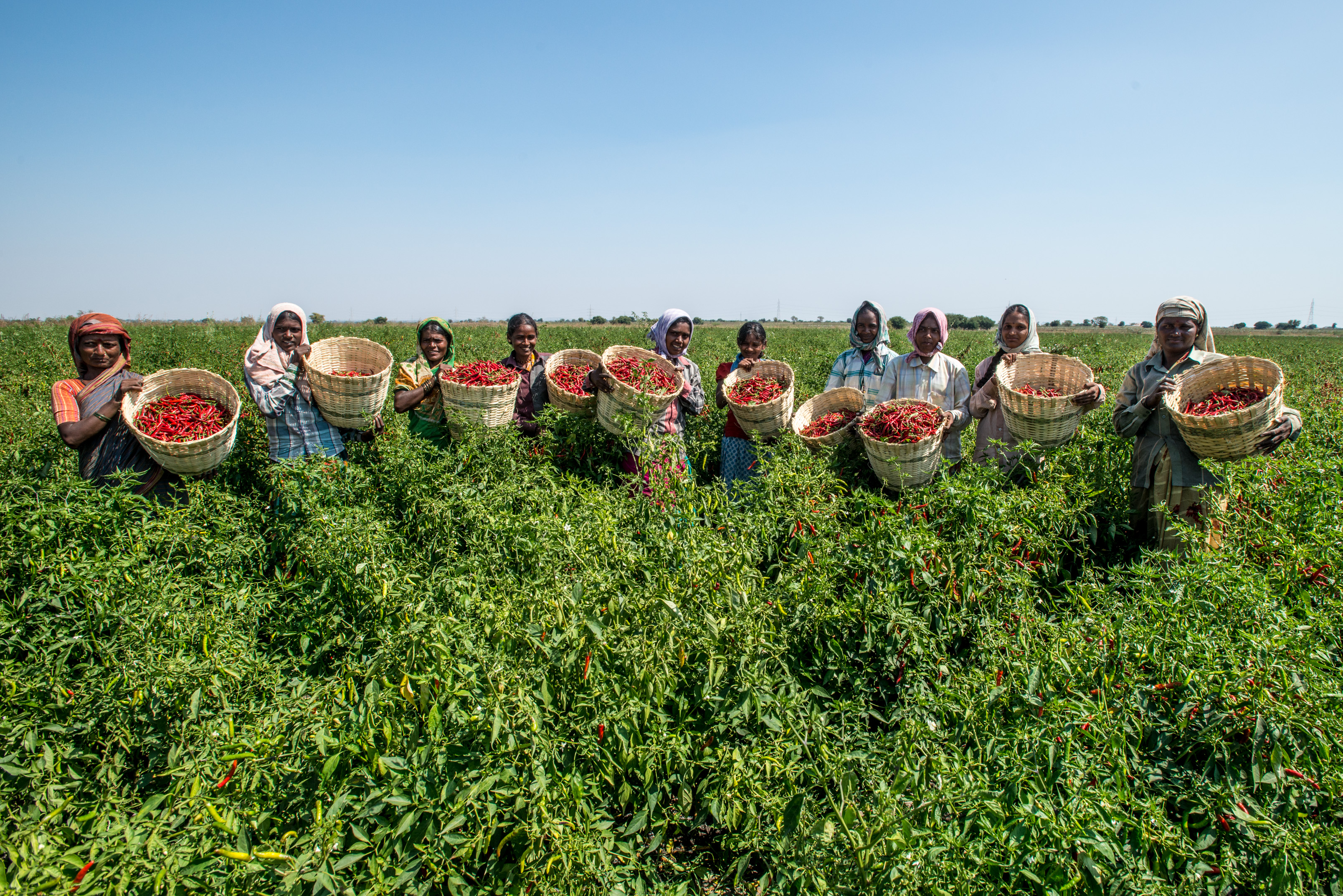
In Climate Talks, Learn from the Real Climate Change Heroes
World leaders in Paris are in the midst of critical climate negotiations toward the first enforceable agreement in two decades. We hope that two giant questions--too often missed or downplayed--will be a focus:
Can our food system--now speeding climate change while leaving a quarter of humanity suffering nutritional deprivation--reverse course?
Instead of a climate curse, can our food system become part of the climate cure, while at the same time producing nutritious food that's accessible to the world's poorest people?
Big changes! But evidence of their possibility mounts. First, however, the big obstacles.
December 2, 2015 | Source: The Huffington Post | by Frances Moore Lappe
World leaders in Paris are in the midst of critical climate negotiations toward the first enforceable agreement in two decades. We hope that two giant questions–too often missed or downplayed–will be a focus:
• Can our food system–now speeding climate change while leaving a quarter of humanity suffering nutritional deprivation–reverse course?
• Instead of a climate curse, can our food system become part of the climate cure, while at the same time producing nutritious food that’s accessible to the world’s poorest people?
Big changes! But evidence of their possibility mounts. First, however, the big obstacles.
Our industrializing food system–from land to landfill–has become a big climate troublemaker, estimated to account for up to 29 percent of total greenhouse gas emissions. Most startling, these emissions are growing so fast that, if they continue at current rates, in thirty-five years those from our food system alone could nearly reach the safe target set for all greenhouse gas emissions.
To get a fix on how big the problem is, take in these fast facts:
• Agriculture alone contributes nearly a fifth of all human-caused greenhouse gas emissions; and industrial agriculture (that using manufactured inputs) releases two to three times more carbon dioxide per unit of land than does organic farming.
• Since the industrial era began, humans have removed a third of the Earth’s carbon-absorbing forest cover largely to grow crops, a shift that can reduce soil carbon per unit of land by more than 40 percent. That’s an area roughly the size of South America. Increasingly, that land is growing feed or fuel, not the basic foods of the planet’s poor majorities.
• Soils treated with synthetic pesticides and fertilizers hold about 30 percent less organic carbon compared to organically managed soils.
The current model of industrial agriculture–only about 70 years old–has already proven to be a dead end. But, by adopting ecological practices, farming would emit fewer greenhouse gas emissions and store more carbon.
And now to my second question–food accessibility for those who most need it? Ecological practices free farmers from expensive corporate-controlled inputs, so they especially benefit small-scale farmers and farmworkers, who also are the majority of hungry people. Some of these beneficial practices are:
Composting–returning to the soil decaying organic material from plant and animal wastes. Just one ton of organic material can result in storing almost 600 pounds of carbon dioxide.
Agroforestry –integrating trees on farms. It improves crop productivity and yields additional food and fodder from the trees. Globally, says the World Bank, among a range of ecological farming practices, “agroforestry by far has the highest sequestration potentials.” One study
found that this approach in the EU, combined with other ecological farming practices, has the technical potential to sequester GHGs equivalent to 37 percent of its 2007 emissions.
